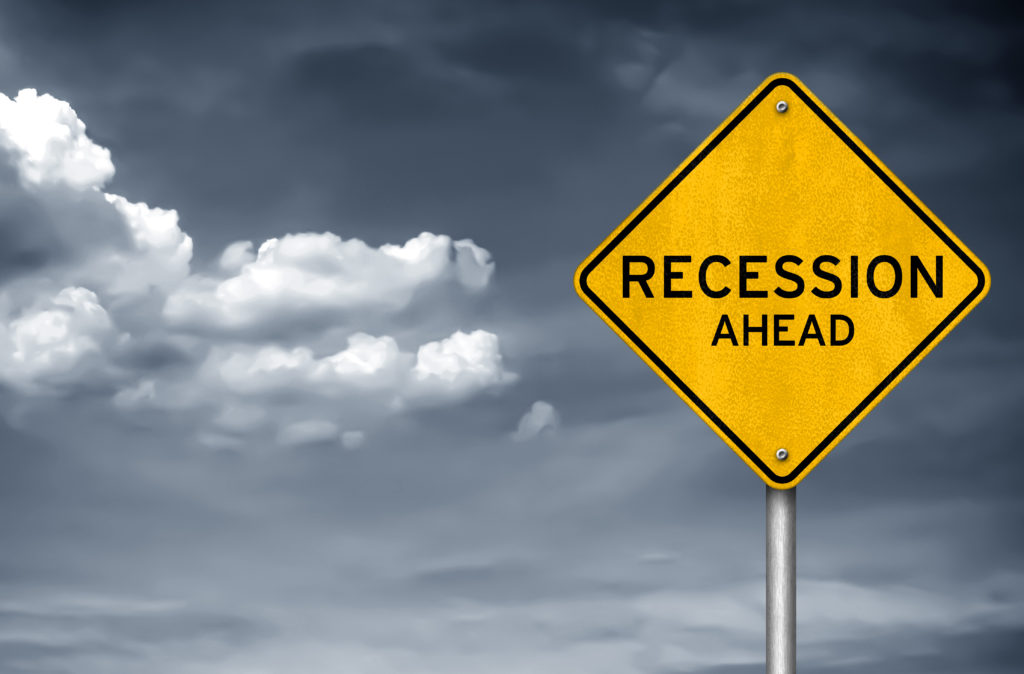
Maryland is facing “an uncomfortably high risk of an economic slowdown if not a full-blown recession” before July 2021. That was the key warning that Moody’s Analytics Economist Dan White delivered to a session of the Senate Budget and Tax Committee this month.
While Maryland’s economy hasn’t profoundly changed since
White last briefed the committee a year ago, the state and the country have
moved one year further into “the longest period of expansion in modern American
history” and one year closer to an inevitable downturn, White said.
Three key indicators — the labor market, the yield
curve and metropolitan economies — suggest that downturn could happen
sometime within the next 17 months, he said.
The Labor Market:
The U.S. unemployment rate has been holding at around 3.5 percent,
generating the highest levels of employment for Americans since the 1960s.
However, “sometimes in a business cycle, things can be so
good that they can be bad,” White said.
Economists generally agree that full employment in the United
States is 4.4 percent to 4.5 percent. Analyses of American economic cycles
since World War II have concluded that every time the United States reaches
full employment, the country enters a recession within three years. Most recently, the United States reached and
surpassed full employment in June 2017.
The Yield Curve: “The number one reason why [the
yield curve] is so important to us as economists as we predict the next
recession is that it has never been wrong,” White said. Since the early 1960s,
every time rates for 10-year Treasury bonds have fallen below rates for three-month
Treasury bonds, the economy has slipped into a recession 12 to 23 months later.
Yield rates did that inversion in the spring of 2019.
Metropolitan Economies: Although White described
this indicator as “less scientific,” he explained that Moody’s has identified a
solid trend in its analysis of the economic performance of U.S. metropolitan
areas.
“What we have found in tracking this since 1990 is that
whenever more than 70 percent of U.S. metropolitan areas get to late-cycle
expansion…we usually have a recession without about a year of that happening,”
he said.
Currently, 78 percent of metropolitan areas are in
late-cycle expansion.
Whenever it hits, the next recession should be far less
severe than the Great Recession of 2008, White said.
In the meantime, businesses should expect to deal with
less rosy economic conditions than in recent years. U.S. GDP growth is expected
to fall below 2 percent in 2020. Wages are expected to rise in the next six to
12 months, which likely will fuel inflation and responses from the Federal
Reserve. The impact of federal tax cuts
has already evaporated, prompting many companies to suspend plans for further
new investments. Unable to generate higher profits through revenue growth this
far into a growth cycle, many companies are also looking to cut costs in order
to improve their profit margins.